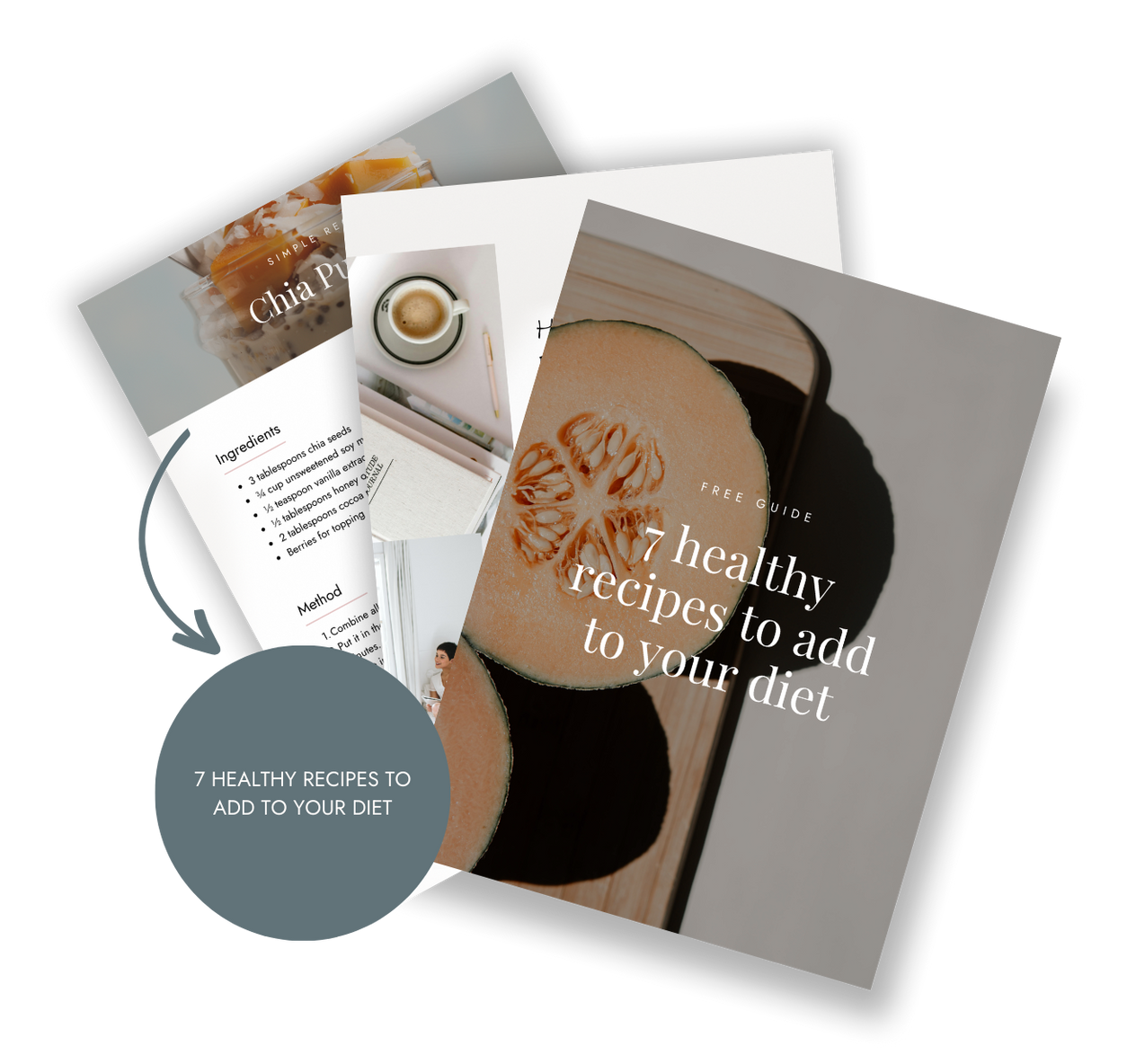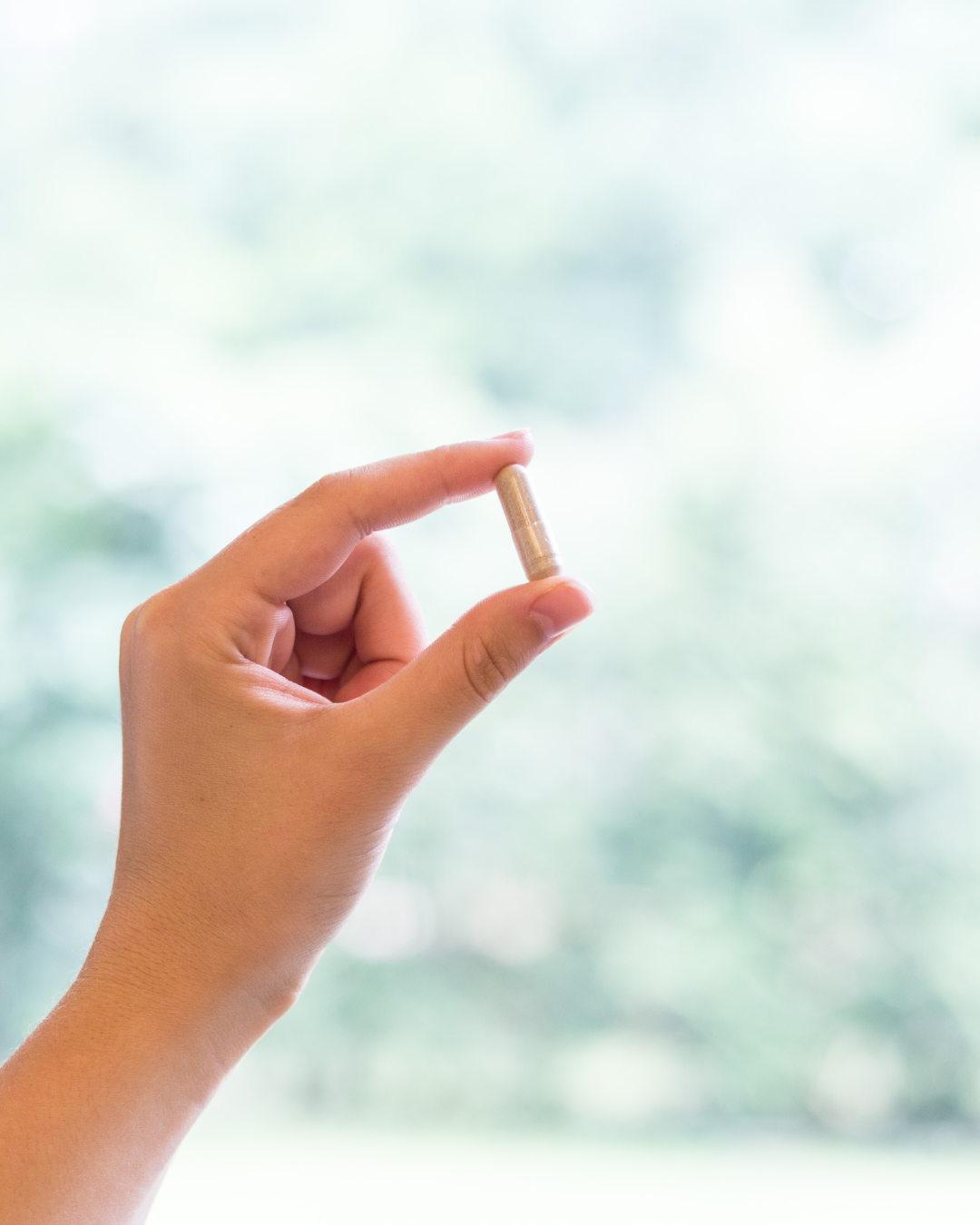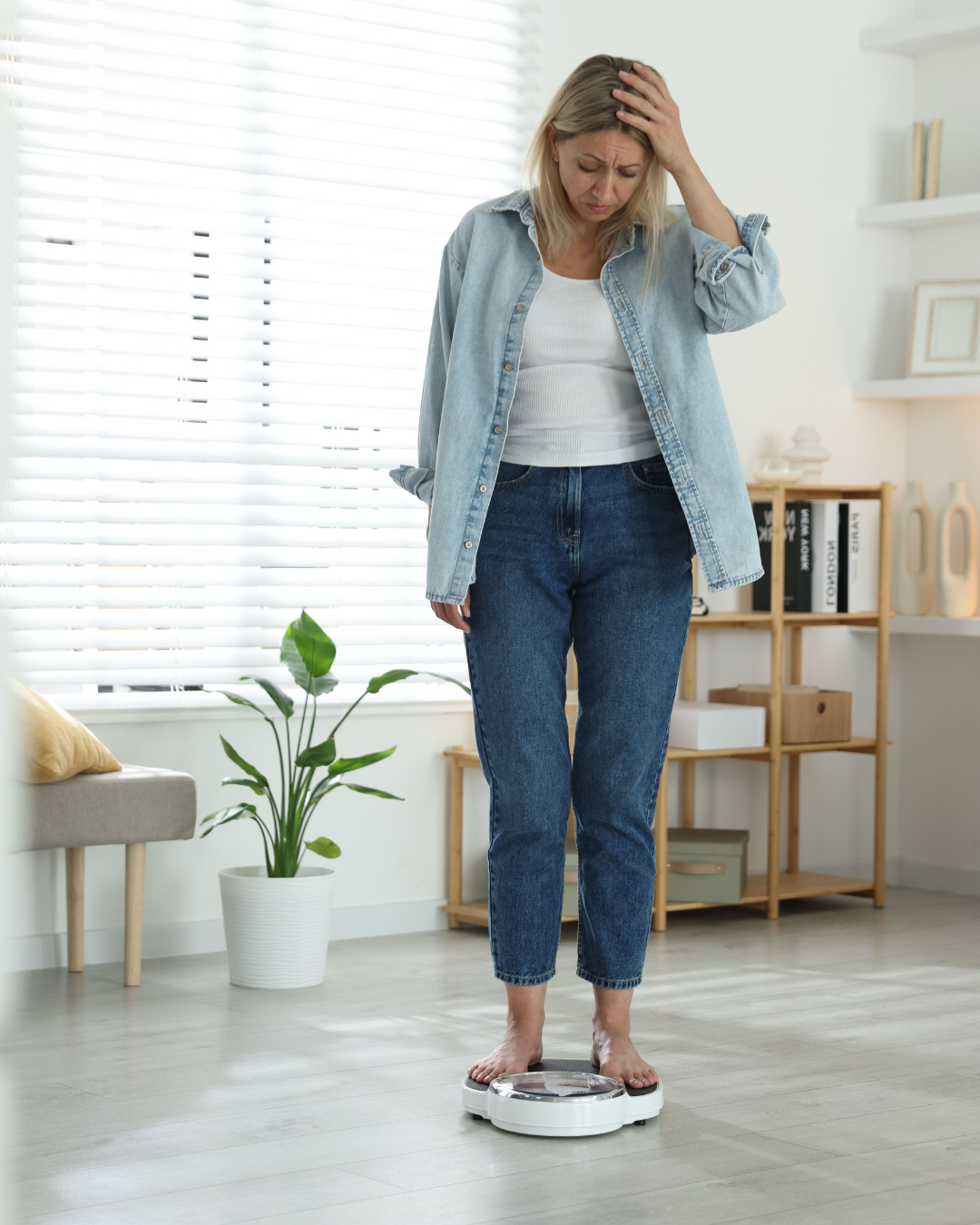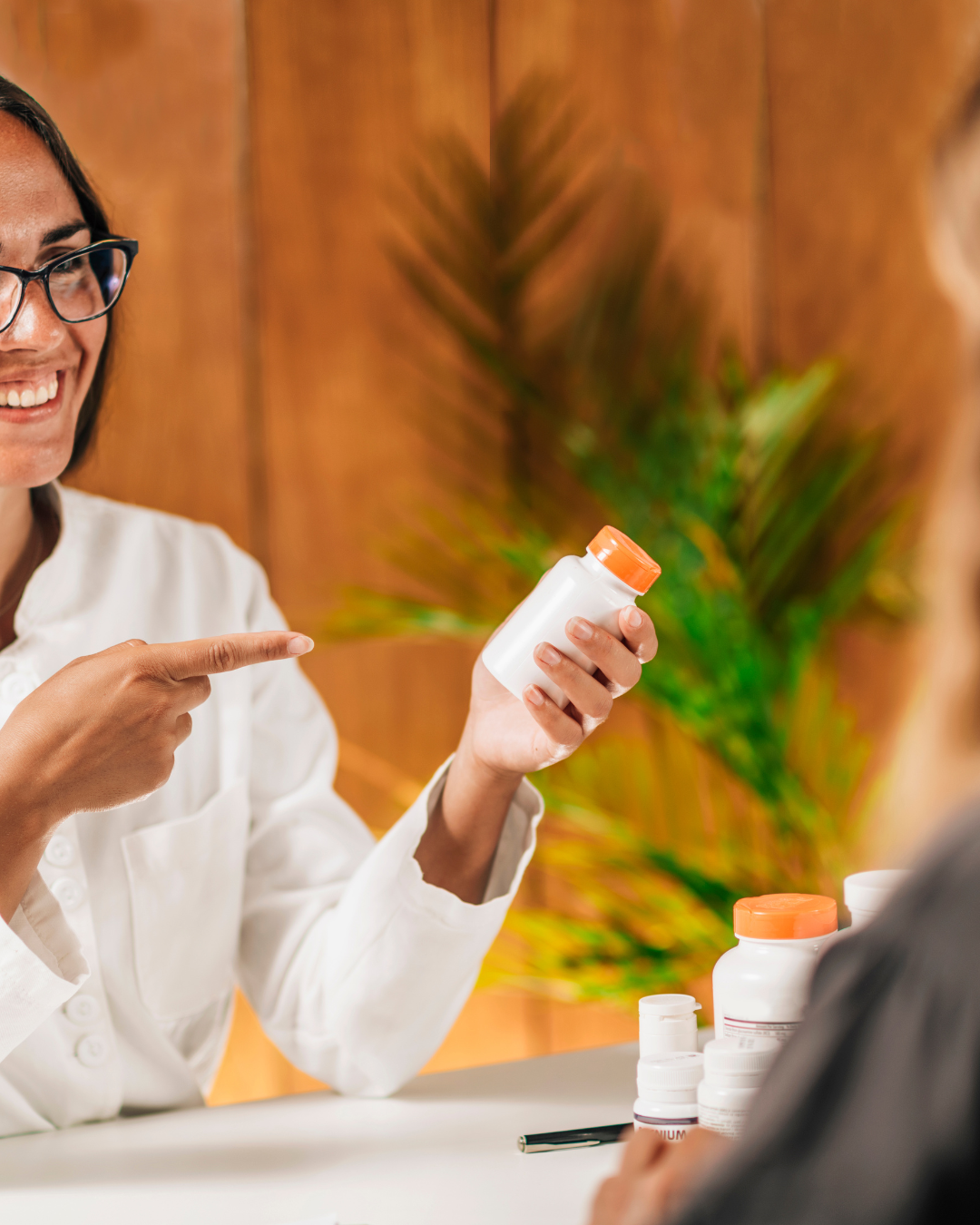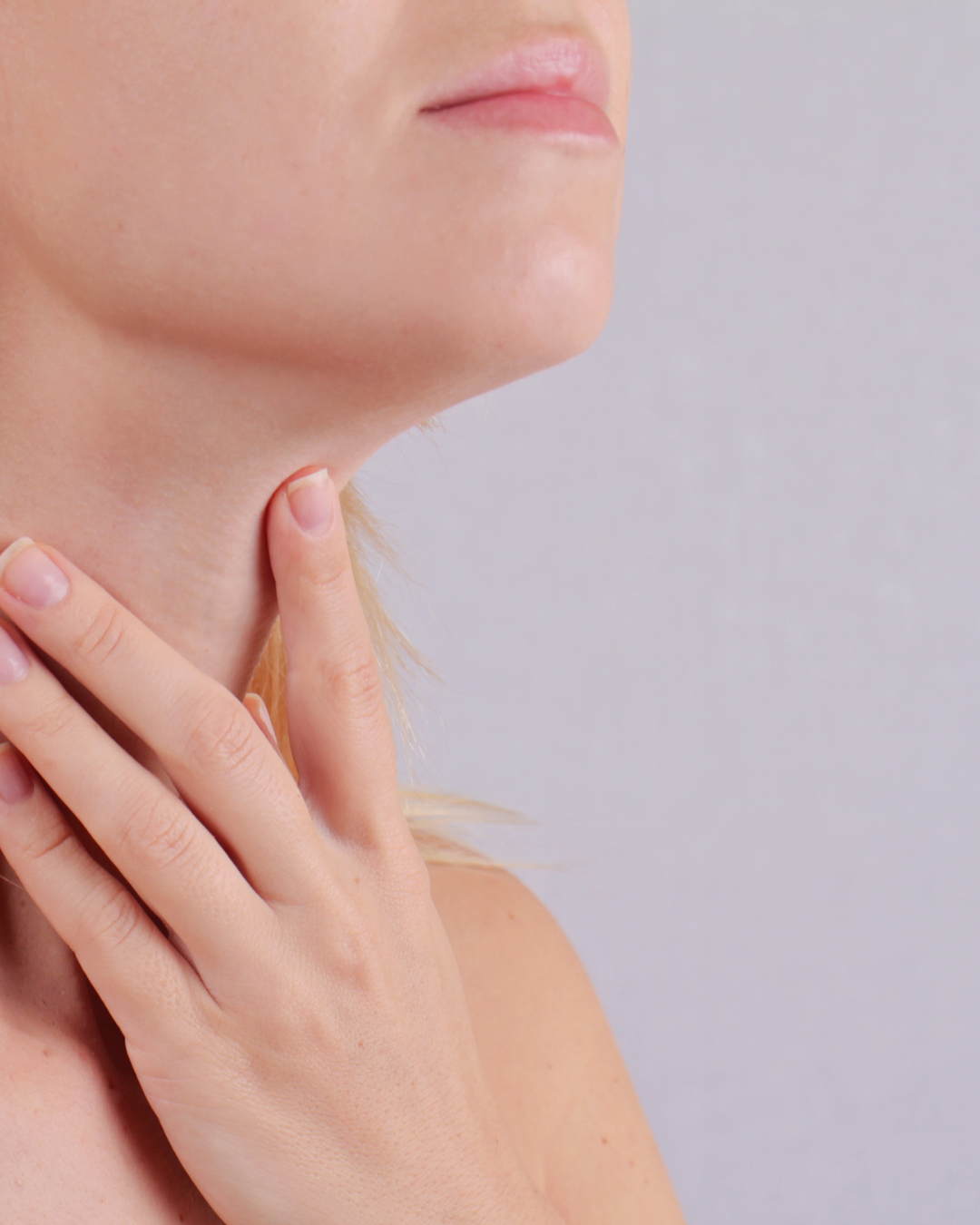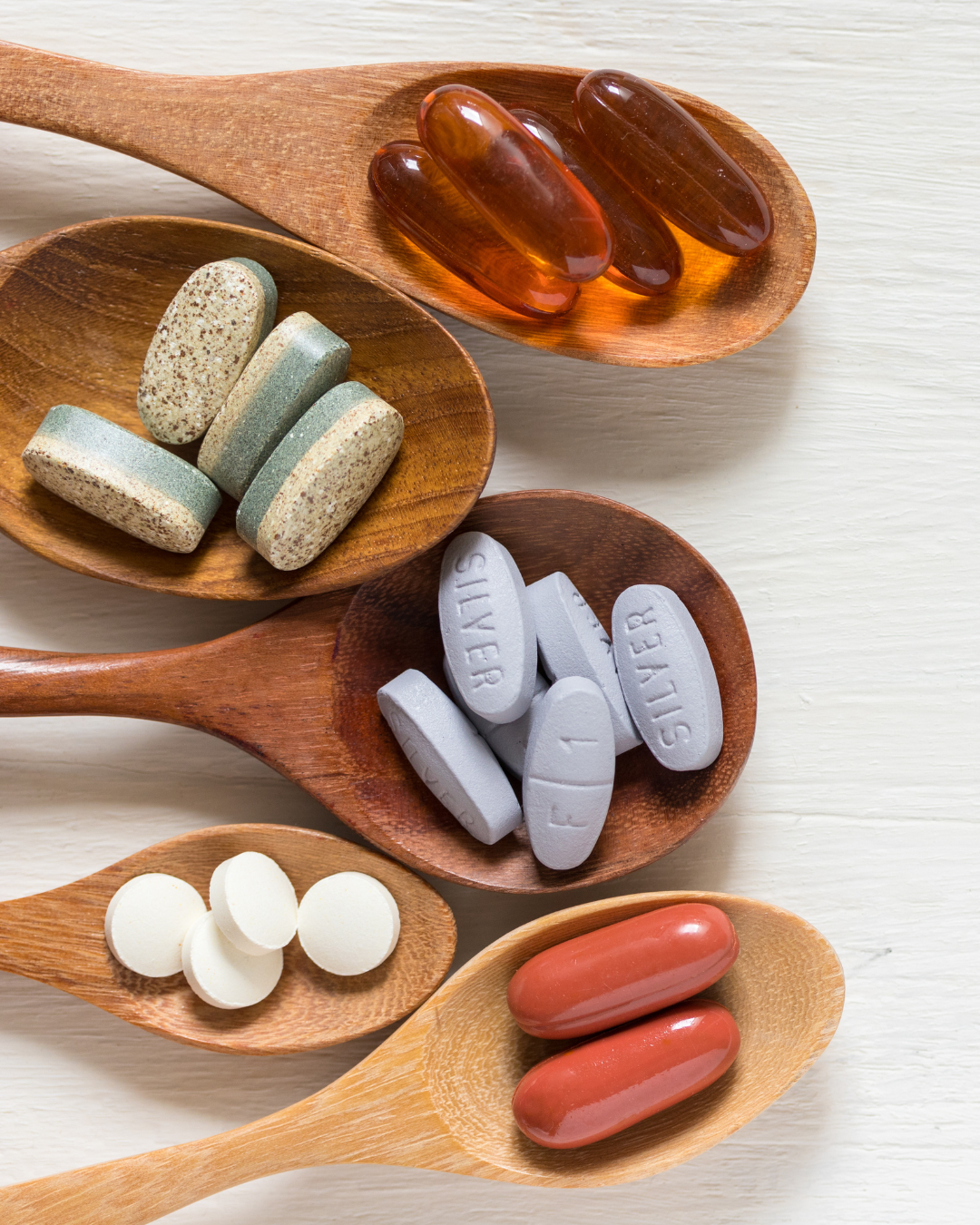Your Guide to Maximizing Nutrient Absorption
Everyone needs to get enough of all of the essential nutrients for good health.

“You are what you eat” is a very famous saying, although you may have heard the more accurate version: “You are what you eat and absorb.” Absorption is essential because it’s possible to eat a variety of highly nutrient-dense foods but not get the full benefit from these nutrients simply because they are not absorbed.
Not absorbing nutrients is similar to not getting them in the first place. Nutrients can’t help your body if they never truly make it inside to do the work they need to do. Not absorbing enough of all the essential nutrients can lead to health problems if it leads to a deficiency. A recent study published in the journal Nutrients found that “Nearly one-third of the U.S. population is at risk of deficiency in at least one vitamin, or has anemia.” The top five most common nutrient deficiencies were Vitamins B6, B12, C, and D, and the mineral iron.
Your digestive system is how your body takes the essential nutrients from your food and absorbs them so they can be used for growth, maintenance, energy, healing, and overall good health. For example, Vitamin A has to reach your eyes to prevent night blindness, and Vitamin C has to make it to the skin to heal wounds. The same goes for iron for your blood and energy levels and calcium for your bones, muscles, and teeth. Before nutrients can get where they need to go, they must first be removed from the food and absorbed into your body so that they can then be circulated to get where they need to go.
In this blog post, we’ll discuss some of my favorite strategies for making nutrients more absorbable. But first, why are some nutrients hard to absorb?
Why some nutrients are harder to absorb
Everyone needs to get enough of all of the essential nutrients for good health. This includes macronutrients (e.g., protein, carbohydrates, and healthy fats) and micronutrients (e.g., vitamins and minerals). Absorption and digestion of nutrients can be tricky because there are so many different foods and nutrients.
Fun fact: How much of a nutrient is absorbed and can be used or stored in the body is called nutrient bioavailability. This describes how available the nutrient is for our biological use.
There are three main steps to digest the food you eat: breaking it down, absorbing the nutrients, and eliminating the waste. That’s why your digestive system provides a long, diverse journey for food to travel once it’s eaten. For example, your stomach is full of digestive juices (e.g., acid, enzymes) to break food into smaller pieces. Then, as your food starts moving through your small intestine, your liver and pancreas add alkaline bile (to neutralize the acid) and other enzymes to break down other food components. Your small intestine is responsible for most—but not all—of the absorption of nutrients into your body. The final journey is through the large intestine, which is home to your friendly gut microbes (helpful bacteria and other tiny microorganisms). These microbes can break down (or ferment) some of the toughest nutrients that have made it this far intact (some fibers). The large intestine also absorbs some nutrients and water.
Whatever nutrients don’t get absorbed—because they weren’t broken down small enough, or were complexed with anti-nutrients, or because the digestive tract itself couldn’t do its best work—is eliminated as waste. It’s natural and healthy to eliminate a lot of what you’ve eaten, but ideally, the waste should have very little nutrition left in it. You want most of the essential nutrients to be absorbed so your body can use them for your best health.
Despite the diverse and complex processes that your body uses to absorb and digest as many nutrients from foods as possible, sometimes it can use some help. Some people have food intolerances or gut issues that result in malabsorption of certain nutrients. Plus, some nutrient-nutrient interactions and anti-nutrients in foods can reduce your ability to absorb them.
The good news is that research shows some very interesting things that can increase nutrient bioavailability without necessarily requiring supplements. By eating certain nutrients together or apart, or certain foods cooked or raw, you can enjoy the same foods but in a more nutritionally efficient, bioavailable way.
Tips to get more nutrients from the same food
Here are some simple strategies to get more nutrition from your favorite foods.
Absorb more Vitamin C: Enjoy these foods fresh and raw
Vitamin C is one of the most common vitamin deficiencies in the U.S. Foods rich in Vitamin C include fruits and vegetables. Some of the highest sources of Vitamin C are bell peppers, citrus fruits (and their juices), kiwis, broccoli, and strawberries.
Vitamin C is an antioxidant that is water-soluble and destroyed by heat. This means that the Vitamin C levels are highest when the food is fresh and raw (or cooked as little as possible). To maximize the Vitamin C levels in your fruits and vegetables, try to eat them as fresh and raw as possible. If you enjoy them cooked, do so minimally by lightly steaming them.
Absorb more iron
Iron is the most common mineral deficiency in the U.S. Some of the most iron-rich foods are seafood, beans and lentils, liver, spinach, and tofu. Also, some breads and cereals are fortified with iron. But, not all iron-rich foods are equal. Iron is found in two different forms: heme (in animal-based foods) and non-heme (in plant-based foods). Heme iron is more bioavailable and more easily absorbed than non-heme iron. This means that the iron in plants is more challenging to absorb, but there are some simple tips that you can use to absorb more.
Iron absorption can be enhanced when consumed with Vitamin C-rich foods and away from tannin-containing drinks like tea and coffee. This means you can enjoy your beans, lentils, spinach, or tofu with a Vitamin C-rich food in the same meal. For example, add some bell peppers, orange wedges, or berries to your spinach salad. And enjoy your tea or coffee—not with, but—between your iron-rich meals.
Absorb more fat-soluble essential Vitamins A, D, E, and K
Vitamin A is found in liver, seafood, eggs, and fortified dairy. Pro-vitamin A (beta-carotene) is found in fruits and vegetables, especially orange ones like sweet potatoes and carrots, and dark green leafy ones like spinach and kale. Because of how beta-carotene is stored in the plant cells, not all of it is as bioavailable as Vitamin A in animal-based foods. Unlike Vitamin C, Vitamin A is fat-soluble and becomes more bioavailable when orange and dark green plant-based sources are cooked.
Vitamin D is essential for bone health because it promotes calcium absorption and is needed by bone cells for growth and repair. It also helps reduce inflammation and regulate the immune system and carbohydrate metabolism. Known as the sunshine vitamin because your skin makes Vitamin D when exposed to UV light, Vitamin D is also naturally found in a few foods. These foods include seafood, mushrooms exposed to UV light, egg yolks, and some fortified dairy.
Vitamin E is an antioxidant vitamin necessary for protecting cells from oxidants to prevent or delay chronic diseases. Vitamin E is also essential for your immune system. Foods with high levels of Vitamin E include whole grains, nuts and seeds, and their butter and oils (e.g., wheat germ oil, sunflower oil, and peanut butter).
Vitamin K comes in two forms: K1 is in dark green leafy vegetables, broccoli, soy, and herbs. Vitamin K2 is mostly made by bacteria, so it’s found in fermented foods like yogurt, cheese, and sauerkraut. Vitamin K is essential for proper blood clotting and bone metabolism.
These four fat-soluble vitamins can be relatively bioavailable on their own, but a simple tip can help enhance absorption even more: get enough healthy fat. This means cooking your vegetables with a bit of healthy oil or pairing them with a nutritious dip or dressing to help you absorb more of these essential fat-soluble vitamins.
Absorb more calcium
The most significant sources of calcium in the North American and European diets are milk and dairy products. You can also get calcium from fruits and vegetables (e.g., kale, spinach, broccoli), as well as mineral water. Some plant sources of calcium have lower bioavailability because they contain anti-nutrients like oxalate and phytic acid. The amount of calcium absorbed from these foods is increased with Vitamin D intake. While you don’t need to get Vitamin D in the same meal as a calcium-rich one, getting enough vitamin D daily is key—whether that means eating Vitamin D-rich foods with a bit of healthy fat or going outside in the sun.
Note: See the section above on fat-soluble vitamins for more information about Vitamin D.
Absorb more lycopene
Lycopene is similar to beta-carotene, but it is not considered an essential nutrient. Studies show that lycopene may help reduce risk of heart disease and some cancers like prostate cancer. Lycopene is a health-promoting antioxidant found in red and dark green fruits and vegetables such as tomatoes, pink grapefruit, and watermelon. The main sources of lycopene are cooked tomato products like ketchup, tomato juice, and pasta sauce.
Like Vitamin A above, cooking tomatoes and enjoying them with a little bit of healthy fat can improve lycopene absorption.
Putting it all together
Healthy eating is a bit more than consuming nutritious foods; it’s also about absorbing the nutrients from those foods so they can be used in your body. With a few simple tips, you can get more benefits when you enjoy the same nutritious foods you usually do.
Eating Vitamin C-rich foods fresh and raw and cooking foods rich in fat-soluble vitamins can help you absorb more of those essential nutrients. Eating fat-soluble vitamins with some healthy fat, iron-rich foods with Vitamin C (but not tea or coffee), and calcium-rich foods with Vitamin D can also enhance absorption.
If you need help getting enough of the essential nutrients to reach your health goals, consult a functional medicine physician who can help.
Do you have concerns about your digestion? Want to ensure you’re maximizing absorption of all the essential nutrients? Need some support in planning and making meals to get the most nutrition for you and your family?
Book an appointment with me today to see our service can help you.
References:
Bird, J. K., Murphy, R. A., Ciappio, E. D., & McBurney, M. I. (2017). Risk of Deficiency in Multiple Concurrent Micronutrients in Children and Adults in the United States.
Nutrients, 9(7), 655.
https://doi.org/10.3390/nu9070655
https://www.ncbi.nlm.nih.gov/pmc/articles/PMC5537775/
Cleveland Clinic. (n.d.). Malabsorption. https://my.clevelandclinic.org/health/diseases/22722-malabsorption
Coe, S., & Spiro, A. (2022). Cooking at home to retain nutritional quality and minimise nutrient losses: A focus on vegetables, potatoes and pulses.
Nutrition bulletin, 10.1111/nbu.12584. Advance online publication.
https://doi.org/10.1111/nbu.12584
https://pubmed.ncbi.nlm.nih.gov/36299246/
Harvard T.H. Chan School of Public Health. (n.d.). Are anti-nutrients harmful? The Nutrition Source. https://www.hsph.harvard.edu/nutritionsource/anti-nutrients/
Melse-Boonstra A. (2020). Bioavailability of Micronutrients From Nutrient-Dense Whole Foods: Zooming in on Dairy, Vegetables, and Fruits.
Frontiers in nutrition, 7, 101.
https://doi.org/10.3389/fnut.2020.00101
https://www.ncbi.nlm.nih.gov/pmc/articles/PMC7393990/
National Institute of Diabetes and Digestive and Kidney Diseases. (n.d.). Your digestive system & how it works. https://www.niddk.nih.gov/health-information/digestive-diseases/digestive-system-how-it-works
National Institutes of Health. (2021, March 26). Vitamin C: Fact Sheet for Health Professionals. Office of Dietary Supplements. https://ods.od.nih.gov/factsheets/VitaminC-HealthProfessional/
National Institutes of Health. (2021, March 26). Vitamin E: Fact Sheet for Health Professionals. Office of Dietary Supplements. https://ods.od.nih.gov/factsheets/VitaminE-HealthProfessional/
National Institutes of Health. (2021, March 29). Vitamin K: Fact Sheet for Health Professionals. Office of Dietary Supplements. https://ods.od.nih.gov/factsheets/VitaminK-HealthProfessional/
National Institutes of Health. (2021, June 15). Vitamin A and Carotenoids: Fact Sheet for Health Professionals. Office of Dietary Supplements. https://ods.od.nih.gov/factsheets/VitaminA-HealthProfessional/
National Institutes of Health. (2022, April 5). Iron: Fact Sheet for Health Professionals. Office of Dietary Supplements. https://ods.od.nih.gov/factsheets/Iron-HealthProfessional/
National Institutes of Health. (2022, August 12). Vitamin D: Fact Sheet for Health Professionals. Office of Dietary Supplements. https://ods.od.nih.gov/factsheets/VitaminD-HealthProfessional/
Science Direct. (n.d.). Nutrient bioavailability. https://www.sciencedirect.com/topics/medicine-and-dentistry/nutrient-bioavailability
Story, E. N., Kopec, R. E., Schwartz, S. J., & Harris, G. K. (2010). An update on the health effects of tomato lycopene. Annual review of food science and technology, 1, 189–210. https://doi.org/10.1146/annurev.food.102308.124120
*AI Disclosure:
This content may contain sections generated with AI with the purpose of providing you with condensed helpful and relevant content, however all personal opinions are 100% human made as well as the blog post structure, outline and key takeaways.
* Affiliate Disclosure: Some of the links on www.elle-md.com may contain affiliate links meaning that we will get a commission for recommending products at no extra cost to you.
*Blog Disclaimer: Please note that reading our blog does not replace any health or medical advice consultation. Read our blog disclaimer here.
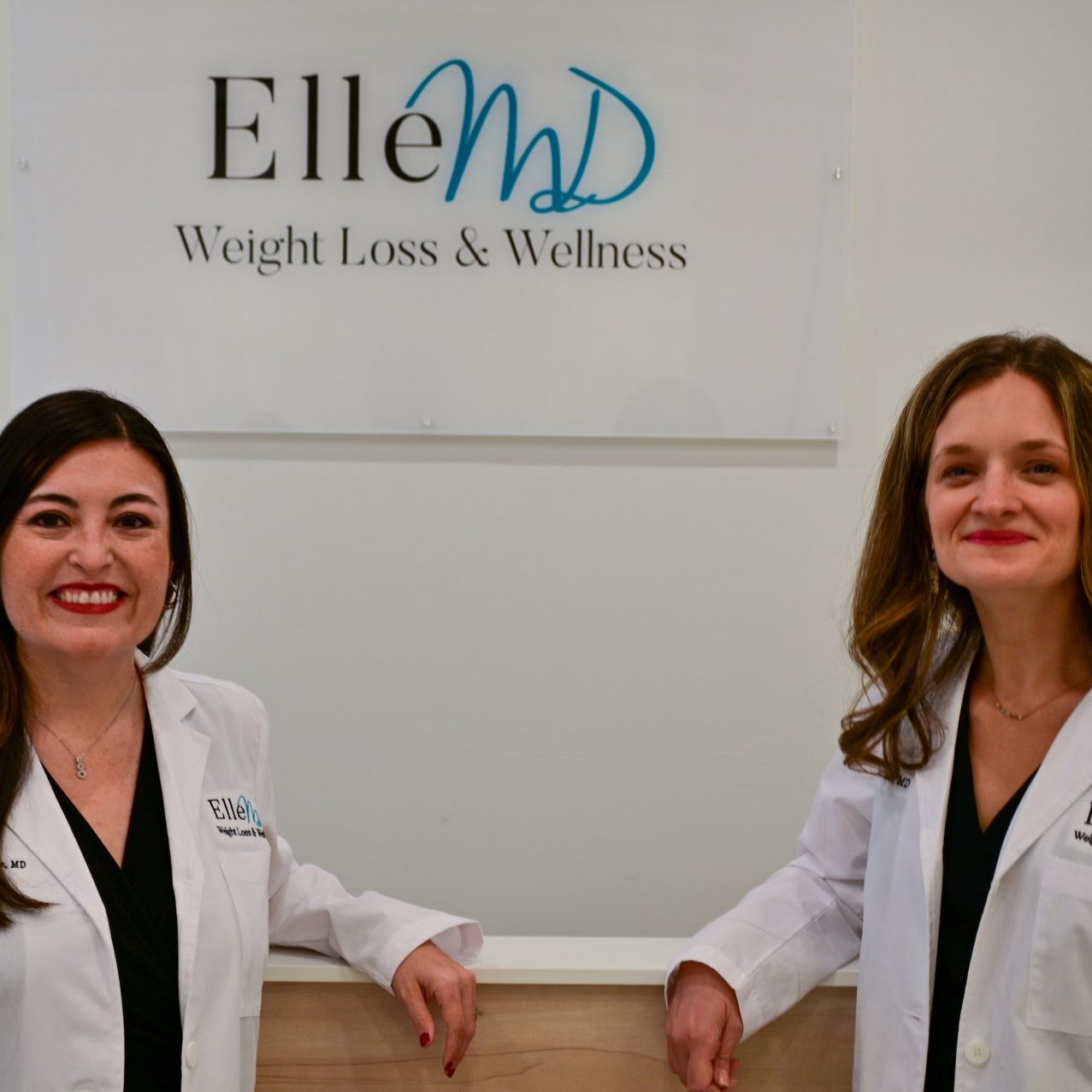
Meet the Drs.
Dr. Hendriks and Dr. Castillo MacKenzie are board-certified physicians, female, specialized, with over 10 years of experience.
Elle MD started after practicing in a traditional primary care setting together for over a decade. We grew frustrated with the current healthcare model, which places no emphasis on addressing the root cause of chronic disease. A lot of times, conventional care doesn’t even promote overall wellness!
We founded Elle MD in Royal Oak, MI, with a vision of providing this care in a compassionate and personalized way.
Download your free guide
